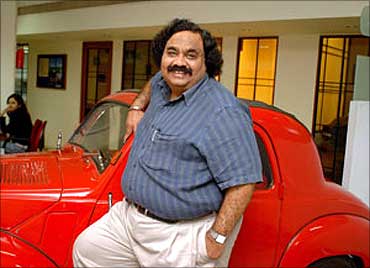
At 5'8" and 90 kg-plus, Sandeep Goyal walks at a measured pace to Gallups at Mumbai's Mahalaxmi Race Course. But the pace seems to be reserved only for a lazy Saturday afternoon.
The group chairman of Dentsu India, India's fourth-largest ad agency with over Rs 1,200 crore (Rs 12 billion) in annual billings and maker of recent campaigns such as HDFC Life Insurance's "Sar utha ke jiyo" and Aircel's "Save our Tigers", has been working at a feverish pace since he became an entrepreneur seven years ago.
Being an entrepreneur is fun," says Goyal, 47, as we settle down at a corner table overlooking the rain-drenched greenery outside and his residence on the other side of the race course.
...
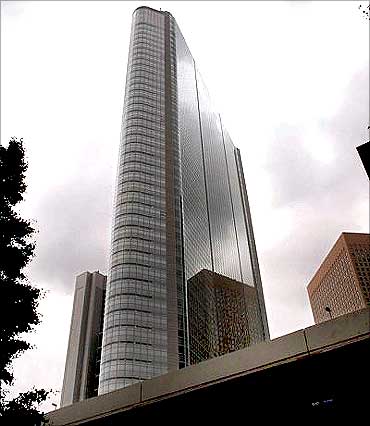
The speed of work is clearly visible. Dentsu India under Goyal also has four full-service agencies - the last one, Dentsu MediaTech, was launched last week. He also has several firms independent of Denstu.
Come December, he will launch India's first 24-hour food channel in association with chef Sanjeev Kapoor and a couple of investment firms in Malaysia.
Not that Goyal is new to fast-paced innovation. He also pioneered fantasy-gaming in India and has significant business interests in digital media with two ventures in software and VAS development with Malaysia's Astro group. This is apart from creating the world's first online media marketplace, lastminuteinventory.com
...
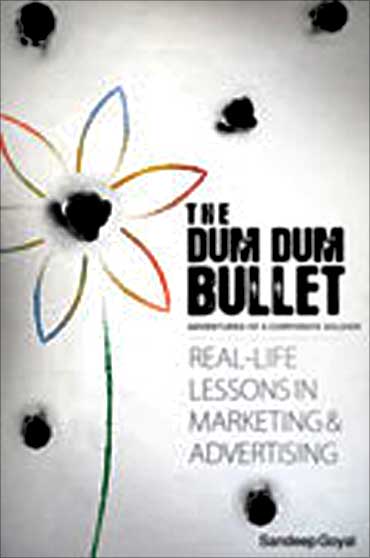
Goyal, who is a regular at Gallups, has already ordered four types of starters - chestnut masala, grilled pomfret, mutton kebabs and chicken rolls.
Running the vast empire obviously isn't enough for him since he has found adequate time to write books - one called Dum Dum Bullet - has already been published and two others are in the pipeline. A gold medallist in English literature from Punjab University, Goyal says he can easily write 4,000 to 5,000 words a day, time permitting.
Why the odd name - Dum Dum Bullet? Goyal says the book has been named after a bullet produced at the Dum Dum ammunition factory near Kolkata. Dum Dum could penetrate most types of protective armour and was lethal 90 per cent of the time.
...
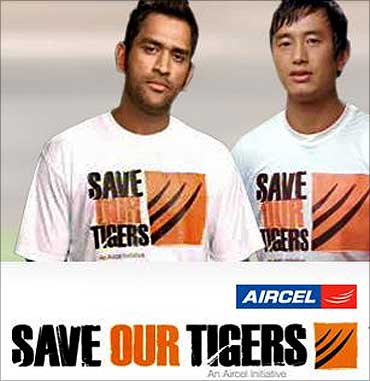
Apart from work, the pony-tailed Goyal's other passions include daughter Carol, dog Jambo and collecting ceramic objets d'art, exotic chess boards and masks. "Masks have a sense of power, a degree of anonymity and intrigue," he says, adding the collection has already crossed over 500.
In real life, however, Goyal has no intention of masking his private thoughts and has acquired quite a reputation for outspokenness. Indeed, he is a man many in the ad industry love to hate for what they call his "cowboy style" of functioning. Ask him and the answer is predictably blunt: "I am what I am. No apologies for that."
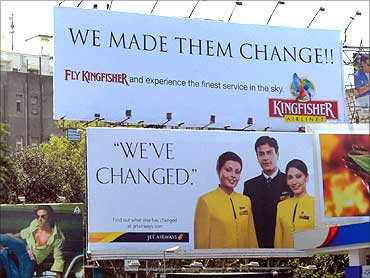
Most ad agencies, he says, have taken the safe route of retainership arrangements with clients, thereby capping profits. Earlier, agencies opted for a fee, which was a certain percentage of the client's total ad expense.
That was inevitably more profitable, but the risk was that the fee dropped if the client spent less than the projected amount. "There was a certain risk and, therefore, more romance in the earlier arrangement. That is now gone with the safe route of retainership."

His brush with the "silk-tiewallahs" has not been all that pleasant - the latest manifestation being the recent Advertising Agencies Association of India (AAAI) elections.
Goyal broke convention when he announced that he would be standing for this year's elections. But didn't his defeat show that he has been isolated by the industry? For once, Goyal loses his equanimity and says he lost by a margin of two votes, which means 46 out of 94 ad agency representatives voted for him. In any case, he has contested the election results in court.

"I have been against cronyism all my life," Goyal says, sounding like a seasoned politician. He also rubbishes the whisper campaign that Dentsu India is overly dependent on its Japanese partner for business. He has a point since Indian companies account for half of the agency's business.
It's already two-and-a-half hours and the main course, though appetising, was mostly uneaten. Still, Goyal has all the time in the world to order coffee, which is good because he is in the mood to reminisce on some of the most embarrassing moments in his career.
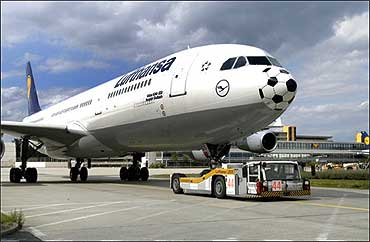
The next day, the angry client called to say the ad came out fine, except that the phone numbers printed in the ad belonged to an elderly Parsee lady who was going crazy playing receptionist for Lufthansa.
"This shows how advertising is just not about great ideas alone; the power of execution is the key," he says.
He also fondly remembers another Lufthansa ad announcing a new loyalty initiative for heavy-duty frequent fliers - those who would do million miles-plus travel in a calendar year.
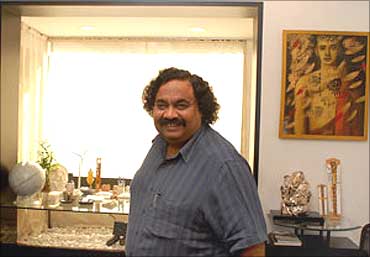
Goyal guessed it could be either a Tata or Birla or an Ambani. But he was wrong - the winner was a 35-year old Sikh from Karol Bagh in Delhi who flies economy to Frankfurt at least three times a week. He is an on-board courier, carrying diamonds to Antwerp.
Goyal says memories like these still keep him hooked to the profession - never mind his parents' constant worry that their son gets home at 3 am or a prospective father-in-law confusing his then employer Hindustan Thompson Associates (HTA), first, with Thomson Press and then with Hindustan Zinc.